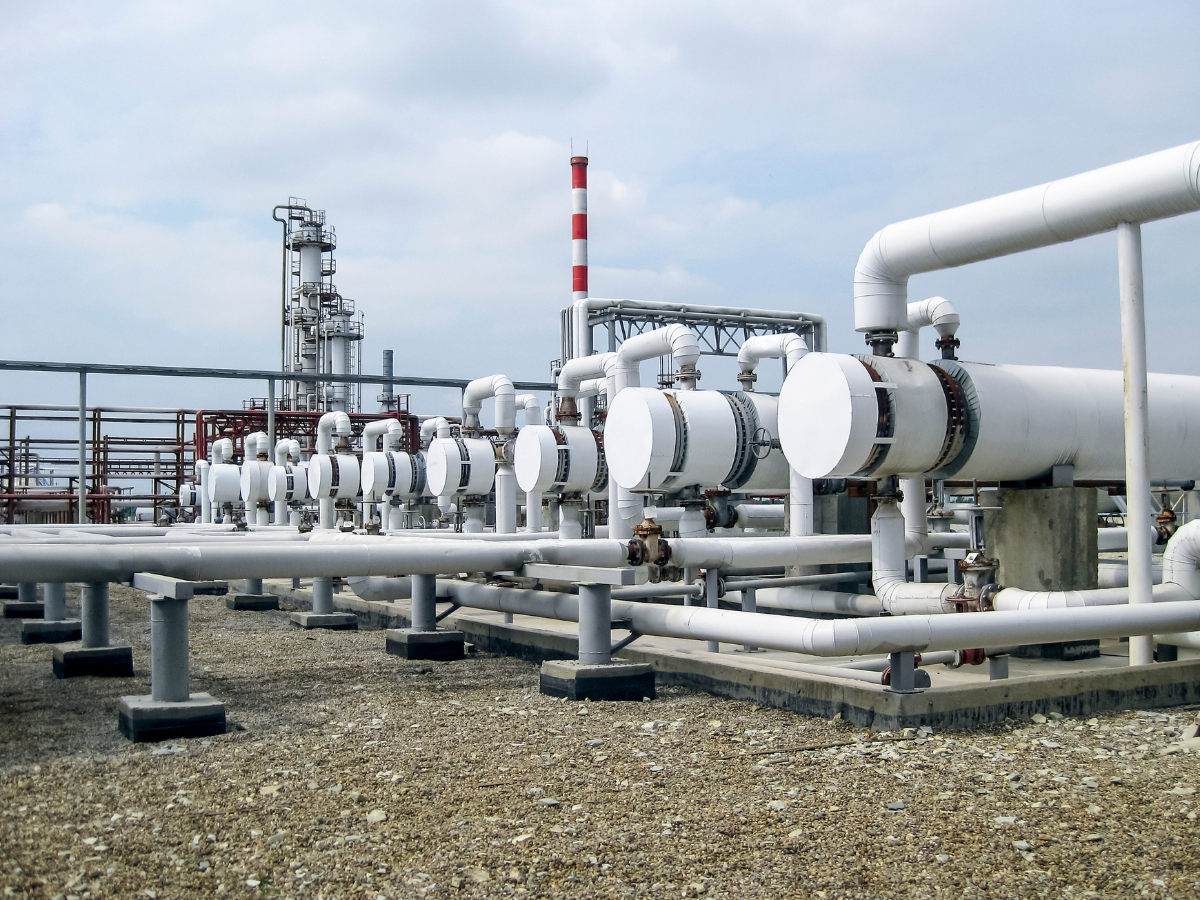Shell and Tube Heat Exchangers: Importance and Comparison of Material Options
Shell and tube heat exchangers play a critical role in heat transfer and have a wide range of applications across various industries. The performance and durability of these heat exchangers depend on the type of material used and other process factors. In this article, we will examine and compare the various material options used for the tubes in shell and tube heat exchangers.
Comparison of Material Options for Shell and Tube Heat Exchangers:
1.) Stainless Steel: Durable, corrosion-resistant, and long-lasting. It is also suitable for meeting hygienic requirements. Widely preferred in sensitive applications such as chemical, food, and pharmaceutical industries.
2.) Carbon Steel: Cost-effective and can be used across a wide temperature range. However, it is more susceptible to corrosion. Commonly used in industrial heating and cooling systems.
3.) Copper: Provides rapid heat transfer and has excellent conductivity. However, it is susceptible to corrosion and is expensive. It is particularly preferred in cooling systems.
4.) Aluminum: Lightweight and corrosion-resistant. Can be used in high temperature and pressure applications. However, it has lower thermal conductivity compared to copper.
5.) Brass: An alloy of copper and zinc, brass offers excellent corrosion resistance and is frequently used in seawater applications. It also provides high thermal conductivity and durability.
6.) Cupronickel: An alloy of copper and nickel, cupronickel offers excellent corrosion resistance in marine and saltwater environments. With moderate thermal conductivity, it is preferred in maritime and seawater heating applications.
Selecting the right material for shell and tube heat exchangers significantly affects performance and durability. Considering your application requirements, it is important to choose the most suitable material from options such as stainless steel, carbon steel, copper, etc.

